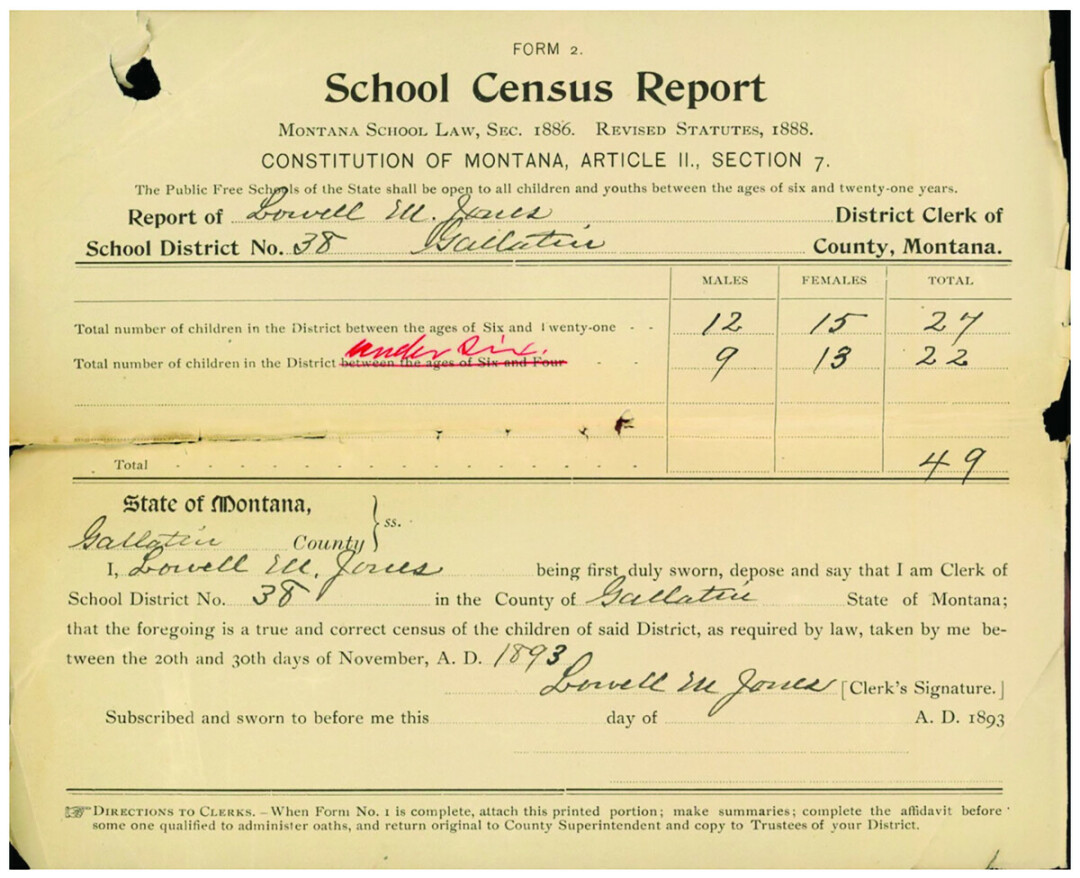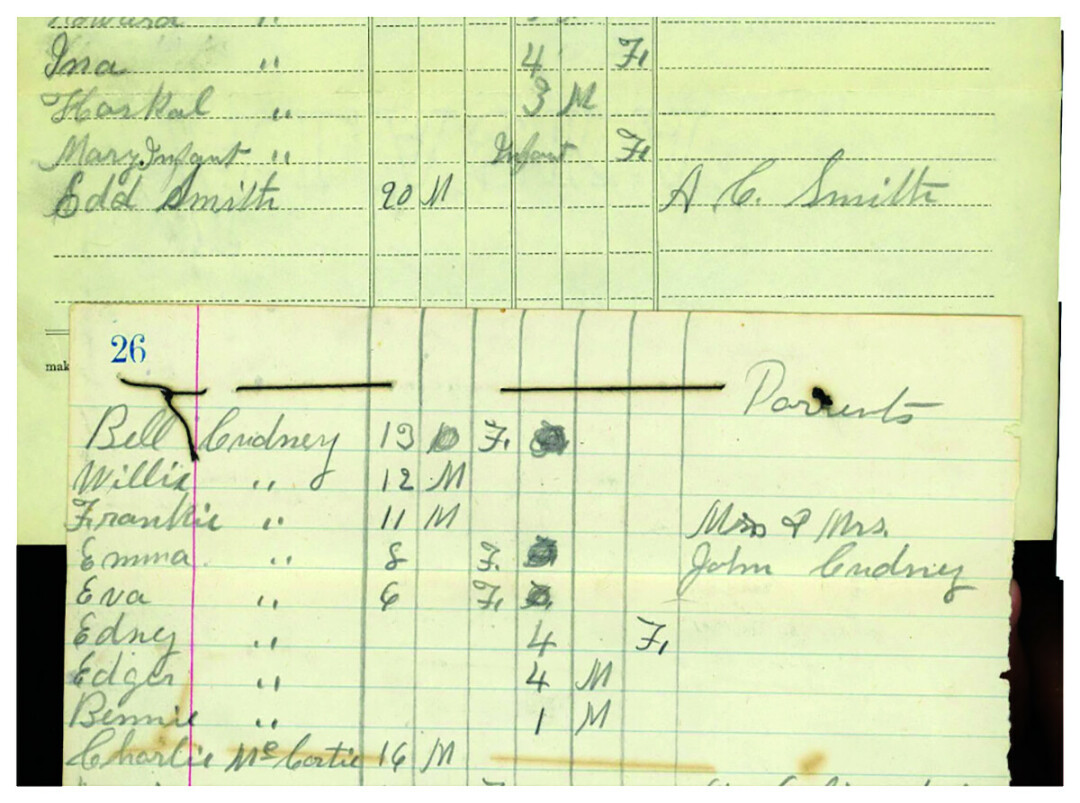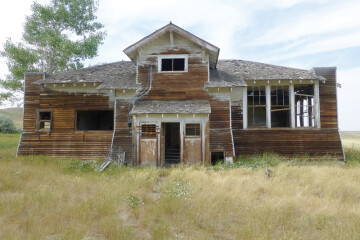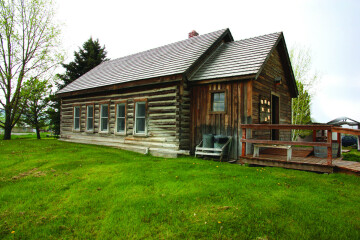Paper Trail: A New Look at Historical School Census Records
photographer, author by Seth Ward
The Montana Constitution mandates that the number of children in each school district be considered as a factor “in making adjustments to the funding formula” for public education. Going back 130 years, a census of all children living in each district has been taken and submitted to the state. 
Each county superintendent is required by law to keep those records in perpetuity and make them available to the public. The documents for Gallatin County schools have mostly been digitized over the years, but until recently the oldest records, dating from 1893 to 1906, were only available in original paper format.
Those documents are oversize and fragile, making them difficult to safely handle and scan. Paired with the interest from historians and family members to access such detailed information about Bozeman’s earliest days, there was a risk of the documents being damaged or lost. In 2022, the county reached out to a local media preservation company to have the census records digitized for the sake of preservation, and to allow for safe access to the history they might reveal.
Around the beginning of the 20th century, Gallatin County had upward of 50 school districts. As populations have moved and transportation improved, some smaller districts were consolidated or eliminated, and that number has shrunk to 22 today. The earliest paper records were pinned, or even sewn together (staplers weren’t yet in wide use), folded up, and stored in boxes. Even removing and sorting the records had been worsening their condition.
The documents had to be carefully organized and separated, and right away they had interesting stories ready to tell. Bozeman has been school district 7 since at least the 1893 census, and even then it was the place to be. Many local districts’ counts would fit on a page or less. Student bodies in more rural areas often ran in single digits, with only one or two family names noted. A typical BSD7 census ran to 40 pages, with over 1700 children counted by 1902. Because of the bulk of the BSD7 packets, and the interest in famous names like Story and Willson, those records were in the worst overall condition, with pages shredded and often missing. Most of the summary pages, with the total numbers of children calling BSD7 home, are lost to time.
In those days, Belgrade (SD44) was not yet the second largest district. Reports ran to several pages and counts nearly doubled to 120 children between 1899 and 1900. But some surprising place names were among the largest schools of the time. Sedan (SD38), a farm and ranch district on the eastern flank of the Bridgers built a school in 1895, and for some of the next ten years counted as many or more children as Belgrade.
Today we associate the name Chestnut with a mountain and a trailhead. Around the turn of the 20th century it was a thriving coal mining community, and one of the most populated areas in the county. The Chestnut district (SD50) grew rapidly from 35 children in 1894 to over 250 by 1903. Not long after that the community went into decline and only faint ruins remain today. The Chestnut area is now part of the LaMotte district and, as with many small districts around the valley, high school students attend in Bozeman.
Now, even as the paper records continue to deteriorate, the rich history they record is preserved. Anyone interested in their family or other local history can access the census on request through the county superintendent. That information will help us tell our local history more completely, offering a way to keep our growing community grounded over time.



